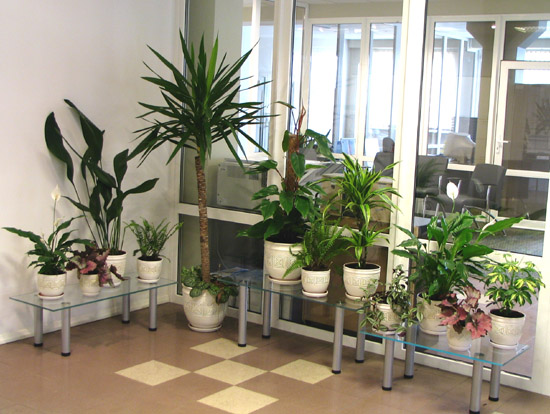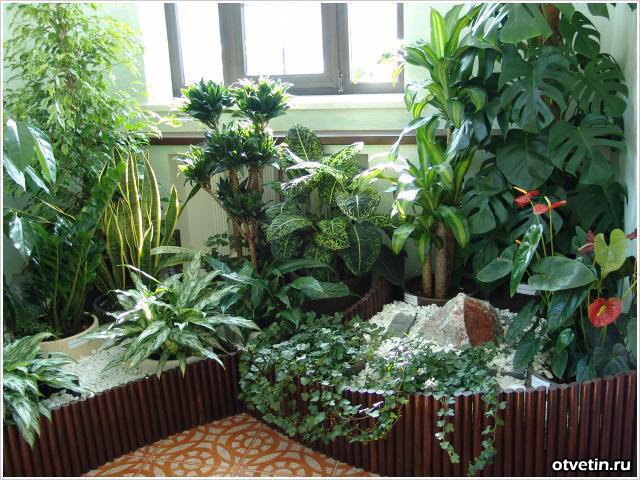Air. We breathe it in everyday and it is necessary for our survival but sometimes you feel like either the air in your home or workplace feels thick, stale, muggy, uncomfortable. Many things both natural and man-made can help improve the air quality in whatever living or work space you may have, large or small.
Natural Solutions:
The first thing that comes to mind when we think of naturally made air quality improvers is plants. Plants, as we learned at a younger age, take in carbon dioxide and send out oxygen. We breathe in oxygen and exhale carbon dioxide. Some plants that you see in medical practices, banks, business offices can be fake and just to add color and “life” to the space. A lot of businesses, however, use them to purify the stuffy air that can frequently occur inside because they need minimal maintenance while looking good.
Indoor air is usually far more polluted than outdoor air so luckily in the mid to late 1980s NASA, in all their infinite intelligence, found that certain plants helped tremendously improve air quality by removing toxins and pollutants. Here are some of the best plants that can improve the air quality that will look great at work or in your home.
1. Areca Palm – removes all indoor chemical toxins.
2. Ficus Alii – removes toxins to purify the air.
3. Lady Palm – improves general indoor air quality.

4. Dracaena Janet Graig – removes trichloroethylene, which is a solvent used in industrial cleaners – if you don’t see your cleaning crew and what they use, it is out of sight, out of mind but it can be harmful.
5. Dwarf Date Palm – removes indoor air pollutants, but in specific xylene in particular.
6. Bamboo Palm – removes traces of benzene, trichloroethylene and formaldehyde within the home.
7. Boston Fern – removes indoor air pollutants, in particular formaldehyde.
8. Peace Lily – removes alcohol, acetone, trichloroethylene, benzene and formaldehyde from indoor air.
There are many other plants of a range of sizes that can also improve your indoor air quality, keeping in mind that not all of them are pet friendly but some are. Remember to double check before making the decision to purchase a plant for such purposes.
Man-made Solutions
Even though we love plants because they are there to naturally help us, sometimes we need a little extra boost to help improve the quality of air in a quicker time frame. Even for those who live in sunny and warm climates; whenever you hear the word “humidity” it can dampen your spirits and mood. A great way to reduce the humidity and overall ‘stuffiness” in your home is to invest in an air dehumidifier. If your home gets too stuffy or humid not only is it uncomfortable but it affects the homes structural integrity, attracts pests such as silverfish and centipedes, can produce mold, and also can make you sick in general.
Air dehumidifiers have costs in a range from $100 to over $1500, all depending on the size, power, and other aspects to what the dehumidifier does. So whether you are using plants or the dehumidifier, or maybe even both, you are definitely making a good move to improving your home’s air quality resulting in the overall well being of you and your family.
Featured images:
- License: Creative Commons image source
This article was contributed by Catriona McBain, a content writer for FacemyerAC.com. Catriona is an avid blogger with a keen attention to detail. In addition to writing, Catriona loves long walks on the beach and trying new foods.
